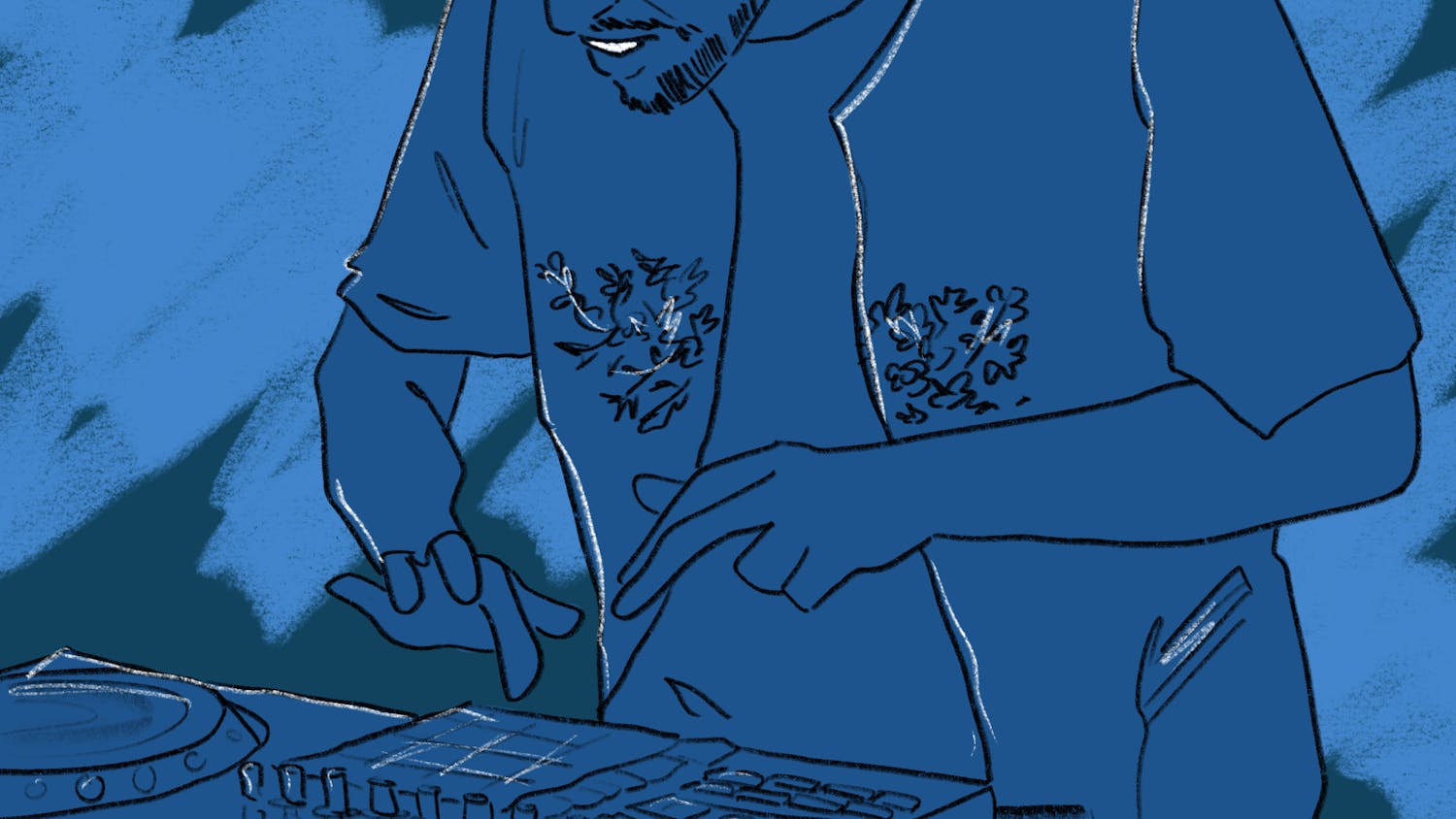In the basement of Rauner Special Collections Library, below the College’s archives, works photographic records specialist Patricia Cope, the gatekeeper of all historical photos. Cope provides students access to Dartmouth’s photographic records, thousands of images that present a visual history of the College.
The records, which date back to 1938, were captured by College photographers Adrian Bouchard, Stuart Bratesman, Joseph Mehling and Eli Burakian. Images from after 2000 are available online, Cope said.
Cope, who catalogues new additions to the photographic records, said she enjoys building a resource that helps students and alumni. She said she especially enjoys showing students the changes in film medium, from 8-by-10 negatives the size of a sheet of printing paper to the current digital format.
“The most rewarding part of the whole process is if a patron finds something and it works for their project, and they’re just delighted they found what they needed,” Cope said. “That’s the part that’s best.”
Rauner also keeps a broader collection of about 80,000 photographs relating to the College and the Upper Valley, called the photo files. This collection differs from the photographic records because the files date back to 1850 and come from various sources, not just the official College photographer.
The photo files may be accessed physically and, for some, electronically. Since 2011, 10 percent of the photographs have been scanned, and more photos are uploaded online each year, College archivist Peter Carini said. Photo technology is constantly improving and soon more photos will be scanned more quickly, he said. However, he it could take up to 10 years to complete the digitalization process.
Difficulty arises when delicately scanning the 19th-century files. Cataloguing can also be complicated when some labels do not accurately represent the contents. For example, Carini said that, to the relief of a cataloguer, one file labeled “sex” was actually a photo record of a safe sex seminar.
“We wanted to extend the number of access points for those pictures,” Carini said. “Now, they each have their photo file title like ‘Dartmouth Hall,’ but we’ve added other descriptors.”
Since the photo files span decades of Dartmouth history, they offer a longitudinal view of campus, Carini said.
“Through the photo files, you can watch the College spread out and become much more part of the town,” he said.
For example, the photo files show the creation of academic buildings, local businesses and events over time which gives a better picture of how the current College came to be, Carini said.
The photographic records and photo files are often featured on Rauner’s blog and in class exercises. Calling the resources “Dartmouth’s secret treasures,” Salman Rajput ’14 said that he found the records particularly useful when analyzing the architectural history and construction of the Sphinx.



